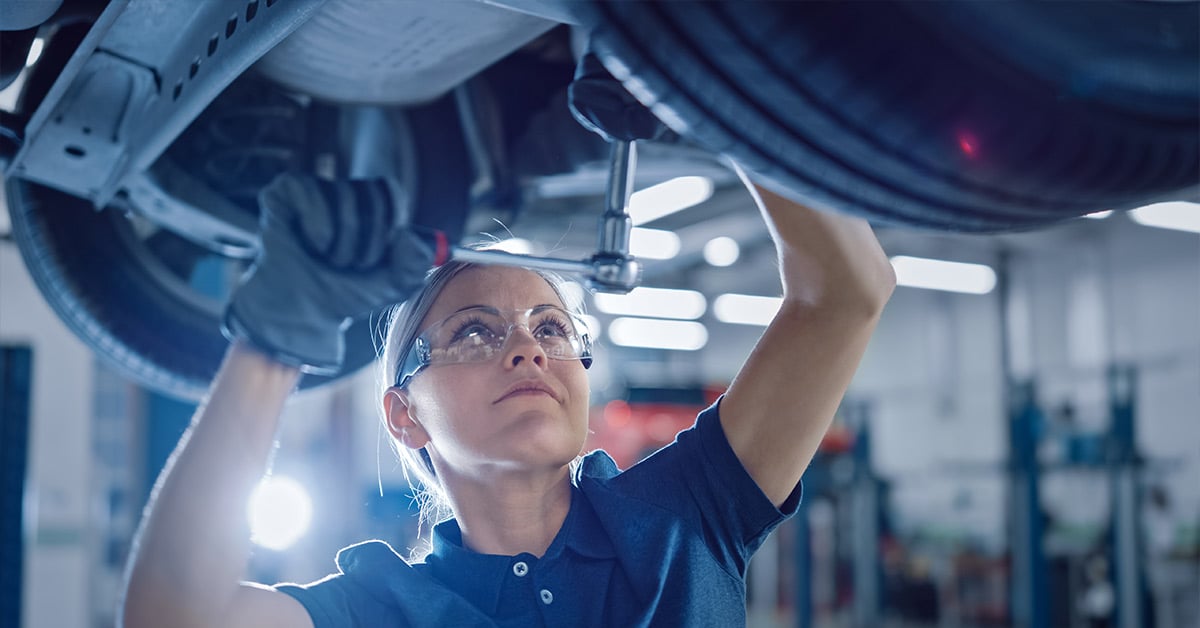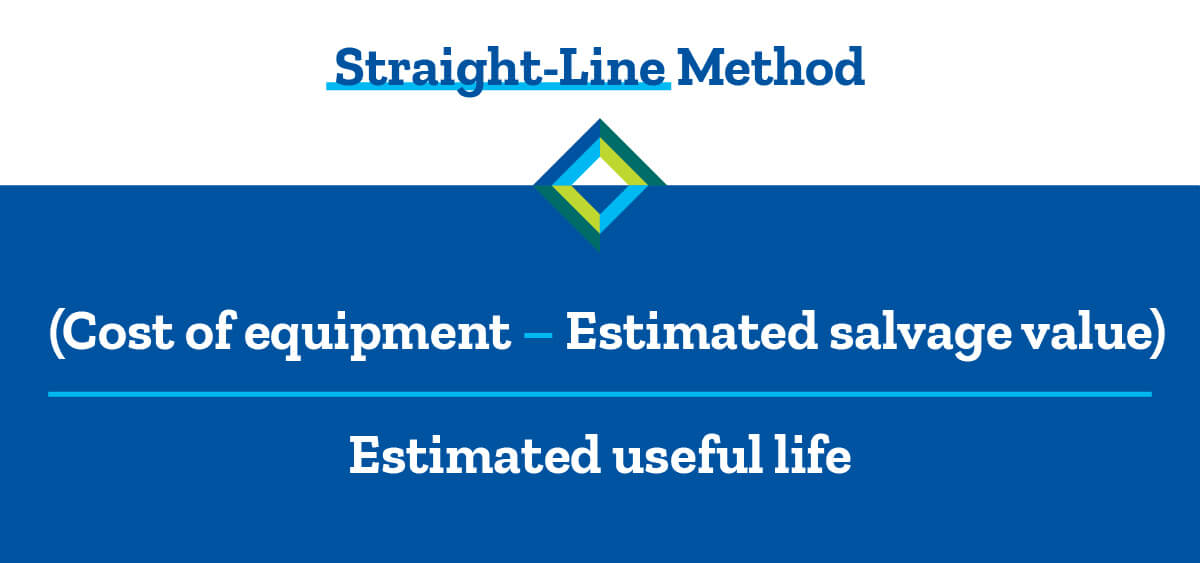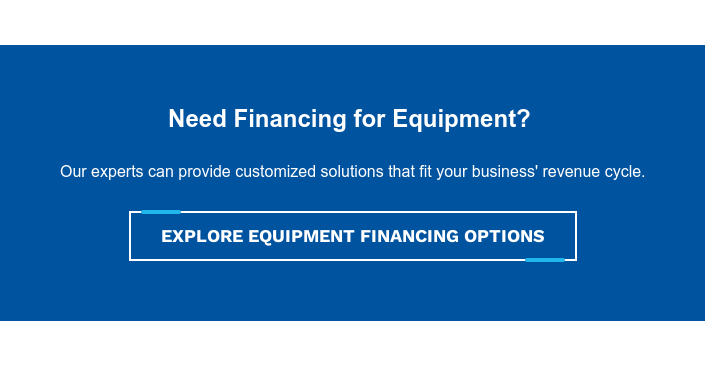Behind every successful business is a well-oiled machine — but what happens when that machine starts to lose its shine? As a business owner, equipment depreciation is a concept you simply can't afford to ignore. Over time, the value of your machinery, vehicles, or other equipment decreases due to wear and tear. By understanding equipment depreciation, you can take proactive steps to save money on taxes, plan for future expenses, and maintain your equipment efficiently.
Keep reading to uncover everything you need to know about equipment depreciation — from the basics of how it works to the nitty-gritty details of how to calculate it. Armed with this knowledge, you'll be able to optimize your equipment and finances and keep your business running like a well-oiled machine.
What Is Equipment Depreciation?
As a business owner, you need to account for the value and lifespan of your equipment. Depreciation is a method that helps you allocate the costs of acquiring, installing, and maintaining your equipment over its estimated useful life. It recognizes the wear and tear the equipment goes through and allows you to plan for its replacement.
Depreciation reflects the understanding that the equipment's value decreases over time. The useful life of equipment refers to how long it can be used for its intended purpose. Considering its useful life helps you understand how long the equipment will provide value to your business.

Why Depreciate Equipment?
Depreciating equipment is a smart move for businesses from both tax and accounting perspectives. By allowing the cost of the equipment to be spread over its useful life, depreciation reduces the initial expense's impact on the business's cash flow. Moreover, since depreciation is tax-deductible, it can lower the business's taxable income and reduce its tax liability.
However, it's important to remember that even though depreciation is a non-cash expense, it can still impact a business's cash flow. This is because the cash used to purchase the equipment is gone and cannot be recovered, even though the expense is being spread out over time. Additionally, as equipment depreciates, its value on the balance sheet decreases, which can affect the business's overall financial position.
Disclaimer: The information provided in this blog section is for educational purposes only and should not be considered tax or accounting advice. Stearns Bank does not offer tax advice. Please consult a qualified tax advisor or accountant to obtain specific advice regarding your business's tax situation.
What Equipment is Depreciable?
Equipment depreciation can apply to various types of business assets, including:
- Machinery and Manufacturing Equipment: Heavy machinery and manufacturing equipment, such as conveyors, assembly lines, and stamping machines, can depreciate over time as they are subject to wear and tear.
- Office Equipment: Office equipment, such as computers, printers, and copiers, can also depreciate as they become outdated and less efficient over time.
- Vehicles: Business vehicles, such as trucks, cars, and vans, can depreciate as they are driven and subject to wear and tear.
- Furniture and Fixtures: Furniture and fixtures, such as desks, chairs, and lighting fixtures, can depreciate as they become worn or outdated.
- Buildings and Real Estate: Buildings and other real estate can also depreciate over time due to wear and tear and obsolescence.
Methods for Calculating & Reporting Depreciation
Different types of equipment may have different useful lives and depreciation rates. Factors such as frequency of use, maintenance, and environment can influence depreciation rates. Two common methods for calculating equipment depreciation include the straight-line method and the accelerated depreciation method.
Straight-Line Method
This is the simplest and most widely used method. It involves dividing the cost of the equipment by its estimated useful life. The formula for calculating depreciation using the straight-line method is: (Cost of equipment - Estimated salvage value) / Estimated useful life.
Accelerated Depreciation Method
This method allows businesses to take a larger depreciation expense in the early years of the equipment's life, reflecting the possibility of obsolescence or higher maintenance costs as the equipment ages. There are several types of accelerated depreciation methods, but the two most common are the double-declining balance method and the sum-of-the-years-digits (SYD) method.
_Stearns-Blog5-Inblog3.jpg?width=5000&height=2339&name=Stearns-Blog5-Graphics.ai%20(1)_Stearns-Blog5-Inblog3.jpg)

Make Smart Financial Decisions With Stearns Bank
As you can see, depreciation is not a one-size-fits-all concept. Different methods of depreciation can affect your financial statements and tax liability in different ways. That’s why it’s essential for business owners to work with their accountant or financial advisor to choose the best depreciation method for their specific needs.
If you need more guidance on financial decisions, you can always count on Stearns Bank. As employee owners, our team is personally vested in providing exceptional service to all of our customers. When you call us, you’ll get a live person on the first ring, and a loan expert who is ready to help with any questions, comments, or concerns.
Disclaimer: The information provided in this blog is for educational purposes only and should not be considered tax or accounting advice. Stearns Bank does not offer tax advice. Please consult a qualified tax advisor or accountant to obtain specific advice regarding your business's tax situation.


